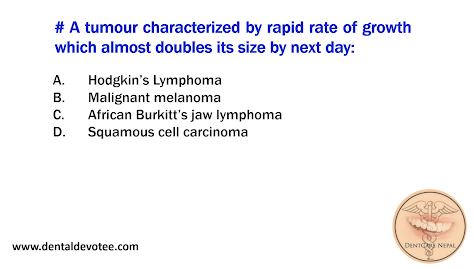# As no dental biomaterial is absolutely free from the potential risk of adverse reactions, the testing of biocompatibility is related to:
A. Risk factors
B. Risk assessment
C. Risk markers
D. Risk predictors
The correct answer is B. Risk assessment.
Explanation: Biocompatibility testing for dental biomaterials focuses on evaluating the potential for adverse biological reactions, such as toxicity or irritation, when the material interacts with the body. This process is a key component of risk assessment, which involves systematically identifying, analyzing, and evaluating risks to ensure the material is safe for use. By assessing these risks, manufacturers and clinicians can minimize potential harm to patients.







